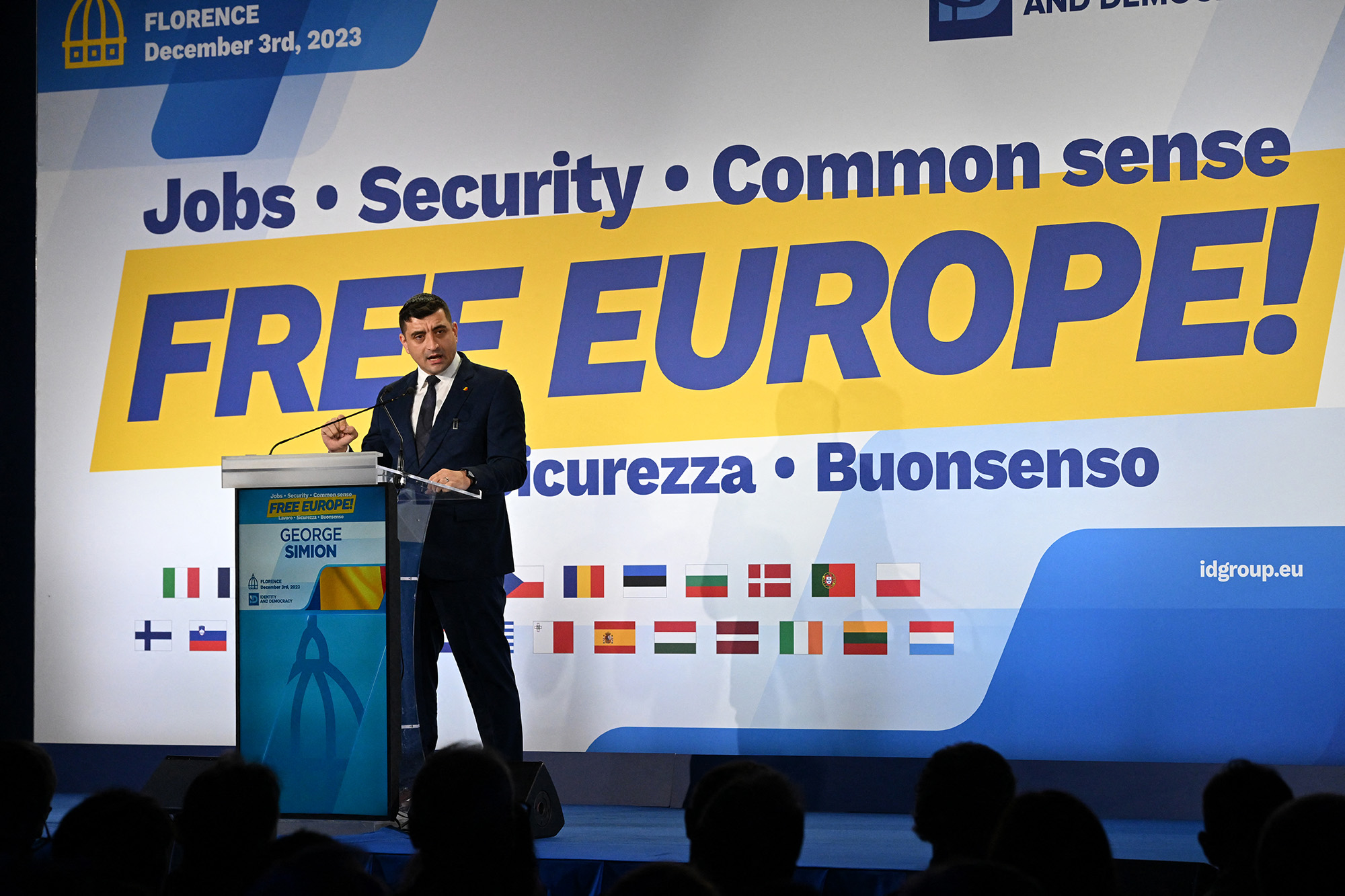It’s almost three years now that Fidesz has been without a party family in the European Parliament. This time should have made it quite obvious to the party that engaging in EP politics this way is hardly worthwhile. In 2021, Fidesz left the European People’s Party right before the Hungarian party’s expulsion from the faction. The departure marked the end of a long and bitter relationship, but forcing CEU (Central European University) out of the country was the last straw: exiling a university from Budapest was a step that Germany’s centre-right could not tolerate.
The European People’s Party is the largest faction in the European Parliament, bringing together the continent’s centre-right parties. Several reasons made it worthwhile to be a member of the EPP. First of all: resources. In large party families, each policy area is delegated its own responsible; therefore representatives do not have to understand every on-going vote in the EP, as they all receive explanations and voting recommendations. In addition, membership in a larger political family also meant having more human, financial, and other resources, while members of the EPP have a good chance of getting into leadership positions in the European Parliament. Independent representatives – those without a larger party family – have almost no chance of doing so.
Another important significance of party families is the political background they provide. Allied parties and leaders generally have each other’s backs, and close cooperation can help represent issues important for the respective parties at the European level. For instance, a member of the European People’s Party has a much easier time persuading the German right regarding a certain question.
It’s no coincidence that Viktor Orbán has been working on finding a new party family almost since the split. The original intention was ambitious. In the European Parliament, there are two party families right of the People’s Party: the European Conservatives and Reformists (ECR), and Identity and Democracy (ID). Orbán’s intention was to somehow unite these two, so that Fidesz could eventually join the new, sizeable super-faction.
However, there two political families were on the opposing sides of many issues. On one hand, they harboured very differing views regarding the role of Russia. So much so that the question was already making cooperation difficult even before the war in Ukraine had begun. While ECR members are cautiously Eurosceptic, they are particularly tough on Russia. For example, the faction includes the former Polish governing party, Law and Justice. ID members are much more lenient with Russia; Marine Le Pen’s party, for example, received loans from Russia to finance its campaign – such loans also arrived from Hungary – but Matteo Salvini’s Lega was also much more on the pro-Russian side before the war.
Another significant problem is that several of the parties in these families are competitors in their domestic political scenes. It’s no use that Salvini’s Lega, a member of ID, governs together with Giorgia Meloni’s Brothers of Italy, sitting in the ECR, as they fundamentally compete for the same votes at home. This was also the reasoning behind why it was not possible to unify the European People’s Party with the ECR situated just a little bit further to the right: the current Polish governing party’s delegation is a significant force within one, while their predecessor’s is an even more significant constituent of the other.

These issues, in the end, prevented Fidesz’s desire of such a super-faction coming together. Two options remained: joining either one of these right-wing families. Of the two, the ECR seemed to be a much better option, as there are still strong prejudices against the ID faction, especially in Germany. German far-right populist AfD sits in ID, which was largely the reason for the complete rejection of the party family. What this meant was that ID could not provide leaders in the European Parliament, while every other party family was given the opportunity. The question, of course, is how long such a barrier can last, especially if AfD grows in strength to the point where other German parties are ultimately forced to cooperate with them in the Federal Republic’s constituent states, or even at the federal level.
However, in essence, there are two Eurosceptic party families:
- one that is fairly right-wing but fundamentally Atlanticist, pro-American, classic conservative,
- and the other, much further to the right, which is pro-Russian, anti-NATO, and more of a right-wing populist character.
As populist parties have strengthened significantly in European politics, the previously widespread term ‘far-right’ seems to have faded from use. For instance the AfD is referred to as a right-wing populist or nationalist party much more often than it is called far-right or right-wing extremist, but the same is true for Marine Le Pen’s National Rally. The explanation given by the French press for the shift was mostly that while the party – formerly known as National Front – was indeed far-right during the leadership of Marine Le Pen’s father, they now accept the basic framework of the Republic and do not seek its dissolution, therefore cannot be considered truly far-right anymore.
However, understandably, Fidesz would prefer to join the less right-wing of the two party families, having worked on the issue for quite some time. After the February EU summit, 24.hu analysed what exactly Viktor Orbán had gained from the veto threat, as there were no traces of any victory to speak of. Even if not significant, it is definitely an achievement that there are discussions about whether the veto could have played a role in that Giorgia Meloni, leading major ECR-party Brothers of Italy, would now be willing to support Fidesz’s admission to the group in exchange for lifting the veto.
Similarly supportive in this regard were the former Polish governing party, as Mateusz Morawiecki’s party would also accept the Hungarian government party’s accession. Fidesz’s delegation has been quite significant in the European Parliament so far, and the number of their MEPs is not expected to drop much with the next elections this June. A delegation of 12-13 representatives is large enough to influence power dynamics. In the next European Parliament, the ECR and ID factions will likely compete to provide the third-largest group of MEPs after the European People’s Party and the Social Democrats. The question of which group Fidesz is to join will play a very important role in this.
From a different perspective, however,
As there are parties that would not exactly be happy for Fidesz within the ECR, either. For example, the Czech Civic Democratic Party is explicitly against Fidesz, and the Swedish Democrats have also stated they would not support the accession. Romanian AUR has made similar statements. Although the party is not yet a member of the European Parliament, it is currently one of Romania’s most important political forces.
The case of the homophobic, anti-Hungarian extremist party demonstrates one of the reasons why it is traditionally difficult for European far-right parties to cooperate. Primarily it’s because they are antagonistic towards each other as well. According to the AUR, the party is not willing to join forces until Hungary renounces its territorial claims against Romania. On a different note, these parties are individually smaller than Fidesz, but together they form a group that is as large, if not larger, than Fidesz’s 12-13 mandate delegation.

So far, Fidesz has mainly refrained from joining as cooperating with AfD would result in losing even what little remains of the German Christian democrats’ good intentions. However, this could change with the strengthening of the AfD. In France, Marine Le Pen’s party is also currently very strong, and they have also tried to moderate the extreme voices of the AfD in the past.




